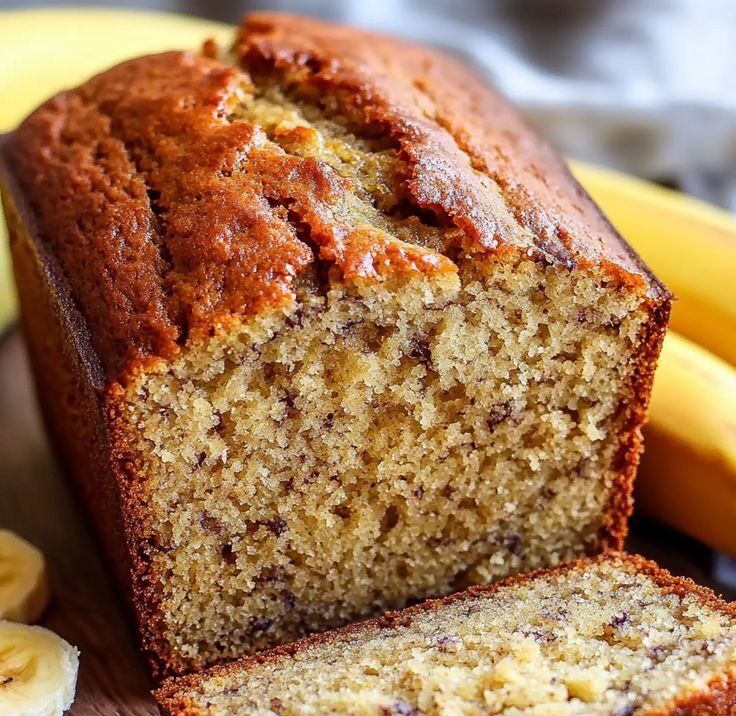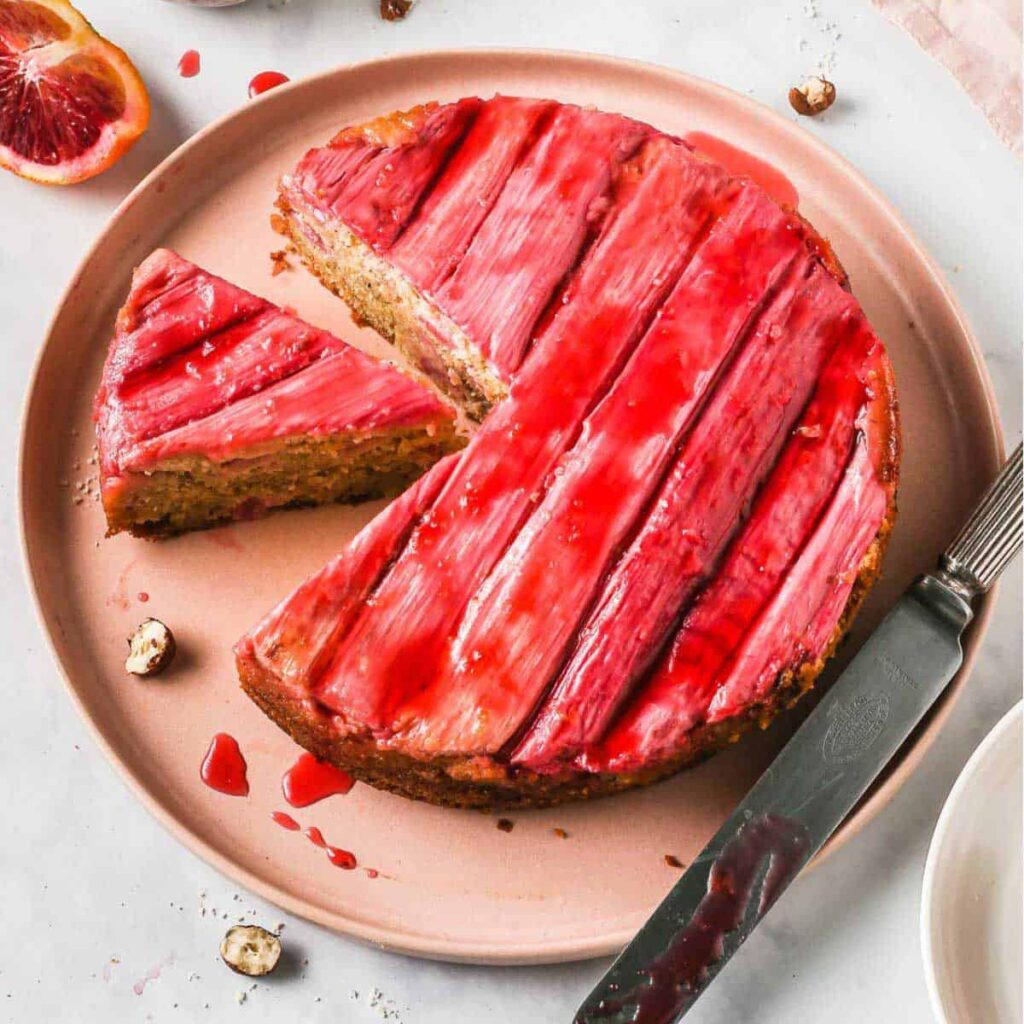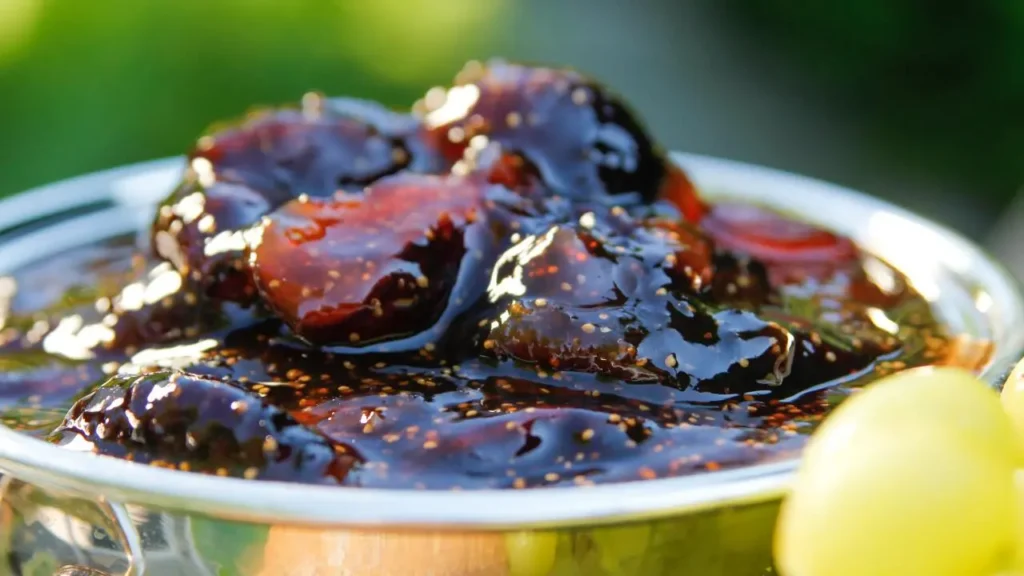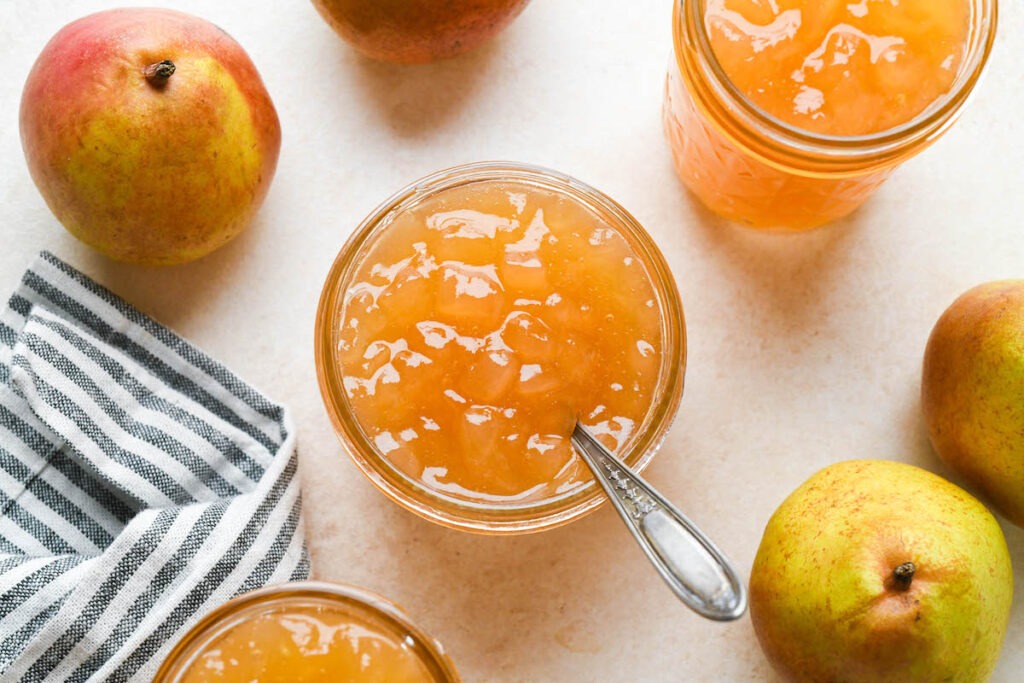There’s nothing quite like waking up to the smell of pancakes sizzling on the griddle.
Whether you’re prepping breakfast for the family or enjoying a slow weekend morning by yourself, this easy and reliable pancake recipe will quickly become your go-to favorite.
This article Contains Receipe Card at the end, you can download it for free.
Why This Pancake Recipe Works
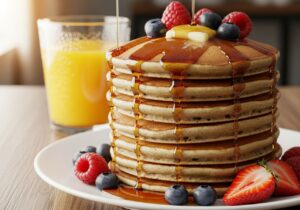
This pancake recipe combines pantry staples to create light, fluffy pancakes with a golden crisp edge.
It’s simple, customizable, and doesn’t require any fancy equipment or obscure ingredients—just a bowl, a whisk, and a few minutes of your time.
Pancake Recipe for Fluffy Video
View this post on Instagram
Want to level up your pancake game?
Here are some highly rated kitchen tools from Amazon to help:
Ingredients You’ll Need:
-
1 ½ cups all-purpose flour
-
3 ½ teaspoons baking powder
-
1 tablespoon granulated sugar
-
¼ teaspoon salt
-
1 ¼ cups milk (dairy or non-dairy)
-
1 egg
-
3 tablespoons melted butter or oil
-
1 teaspoon vanilla extract (optional but recommended)
Step-by-Step Directions:
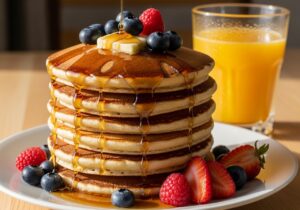
Step 1: Mix Dry Ingredients
Start by gathering a large mixing bowl and adding all your dry ingredients: 1½ cups of all-purpose flour, 3½ teaspoons of baking powder, 1 tablespoon of sugar, and ¼ teaspoon of salt.
Whisk these together thoroughly to ensure they are evenly combined.
This step is important because it evenly distributes the leavening agent (baking powder), which helps the pancakes rise evenly and become fluffy.
Mixing the dry ingredients first also helps prevent clumping when the wet ingredients are added later.
Read More: Easy Protein Breakfast Ideas to Jumpstart Your Morning
Step 2: Add Wet Ingredients
In a separate medium bowl or a large measuring cup, crack one egg and lightly beat it.
Add 1¼ cups of milk (you can use whole milk, almond milk, oat milk, or any milk of your choice), 3 tablespoons of melted butter or a neutral oil (like canola or vegetable oil), and 1 teaspoon of vanilla extract if desired.
The vanilla adds a warm, rich flavor that enhances the taste of the pancakes. Mix the wet ingredients gently with a fork or whisk until everything is well combined.
It’s okay if the butter forms small specks—this actually adds extra richness to the pancakes when cooked.
Step 3: Combine
Now, slowly pour the wet ingredients into the bowl with the dry ingredients. Using a wooden spoon or a silicone spatula, stir the mixture together gently.
The goal is to combine everything just until no dry flour is visible—don’t overmix. A few small lumps are perfectly fine and even encouraged.
Overmixing the batter can lead to the development of gluten in the flour, making your pancakes tough and chewy instead of light and fluffy.
Once combined, let the batter rest for 5–10 minutes while you preheat your pan; this allows the baking powder to activate and gives the flour time to fully absorb the liquid.
Step 4: Preheat the Pan
While the batter rests, place a non-stick skillet or flat griddle over medium heat.
To test if it’s ready, flick a few drops of water onto the surface—if they sizzle and evaporate quickly, it’s time to start cooking.
Lightly grease the pan with a small amount of butter or oil to prevent sticking and to give the pancakes a golden, crispy edge.
You don’t need a lot of grease—just enough to coat the surface. Avoid using high heat, as it can brown the outside of the pancakes too quickly while leaving the inside undercooked.
Step 5: Cook the Pancakes
Using a ladle or a ¼-cup measuring cup, scoop the batter and pour it gently onto the hot pan, forming round pancake shapes.
Leave enough space between each one so they don’t spread into each other. Let the pancakes cook undisturbed for about 2–3 minutes.
You’ll know they’re ready to flip when bubbles form on the surface and the edges look slightly set.
Using a spatula, gently flip the pancakes and cook the other side for another 1–2 minutes until both sides are golden brown.
Resist the urge to press them down with the spatula—they’ll stay fluffier if you let them rise naturally.
Step 6: Serve and Enjoy
Once the pancakes are cooked to perfection, remove them from the pan and place them on a plate.
You can keep them warm by covering them with a clean kitchen towel or placing them in a 200°F (93°C) oven while you finish cooking the rest.
Serve them immediately with your favorite toppings: classic maple syrup and butter, fresh fruits like strawberries or blueberries, a sprinkle of powdered sugar, or even a spoonful of Nutella for a decadent treat.
However you serve them, enjoy the warm, fluffy goodness bite by bite.
Also Check: Quick high protein breakfast
Tips for Pancake Perfection
-
Don’t overmix: Lumpy batter is totally fine—it prevents your pancakes from becoming rubbery.
-
Rest the batter: Let the batter sit for 5–10 minutes before cooking. This helps the gluten relax and the baking powder activate.
-
Control your heat: Medium heat is perfect. Too hot and the pancakes will burn before the insides cook.
Creative Variations
-
Blueberry Bliss: Add a handful of fresh or frozen blueberries to the batter before cooking.
-
Chocolate Chip Treat: Toss in some chocolate chips for a fun, dessert-like twist.
-
Banana Oat: Mix in ½ mashed banana and a few tablespoons of rolled oats for a hearty breakfast.

Final Thoughts
This easy pancake recipe is a must-have in your breakfast rotation. It’s fast, fluffy, and foolproof—great for beginners and seasoned home cooks alike. Try it once, and you’ll never reach for the boxed mix again.
🥞 Frequently Asked Questions (FAQs) – Pancake Recipe
1. Can I make the pancake batter ahead of time?
Yes, you can! You can mix the dry and wet ingredients separately and combine them just before cooking. If you mix the full batter ahead of time, refrigerate it and use it within 24 hours. Keep in mind that the pancakes may not be as fluffy, as the baking powder activates once mixed.
2. What’s the best way to keep pancakes warm while cooking in batches?
Place cooked pancakes on a baking sheet in a preheated oven at 200°F (93°C). Cover them loosely with foil to keep them moist while you finish the rest of the batch.
3. Can I use whole wheat flour instead of all-purpose flour?
Yes, you can substitute whole wheat flour for a healthier twist. However, it will result in denser pancakes. For better texture, use half whole wheat and half all-purpose flour.
4. Why are my pancakes not fluffy?
Overmixing the batter or using expired baking powder can cause flat pancakes. Make sure to mix the batter gently and let it rest before cooking. Also, check that your baking powder is fresh and active.
5. Can I freeze leftover pancakes?
Absolutely! Let the pancakes cool completely, then stack them with parchment paper between each and store them in an airtight container or freezer bag. Reheat in a toaster or microwave for a quick breakfast later.
6. What are some healthy topping options?
Instead of syrup, try topping pancakes with Greek yogurt, fresh berries, mashed banana, peanut butter, or a drizzle of honey. These options add flavor and nutritional value without added sugar.
7. Can I make these pancakes dairy-free?
Yes! Simply replace the milk with a plant-based alternative like almond, oat, or soy milk. Use oil or dairy-free margarine instead of butter, and you’re good to go.
8. Why are there holes or gaps in my pancakes?
This usually happens when the batter is too thick or the pan isn’t hot enough. Add a splash of milk to thin the batter slightly and ensure the pan is at medium heat before cooking.
9. Can I double the recipe for a bigger batch?
Yes, this pancake recipe scales up easily. Just double or triple all ingredients proportionally. Make sure to mix gently and cook in batches for best results.
10. Can I turn this pancake recipe into a waffle recipe?
You can, with a few tweaks! Use slightly less milk (start with 1 cup) and add an extra tablespoon of oil or melted butter to create a crispier texture suitable for waffles.
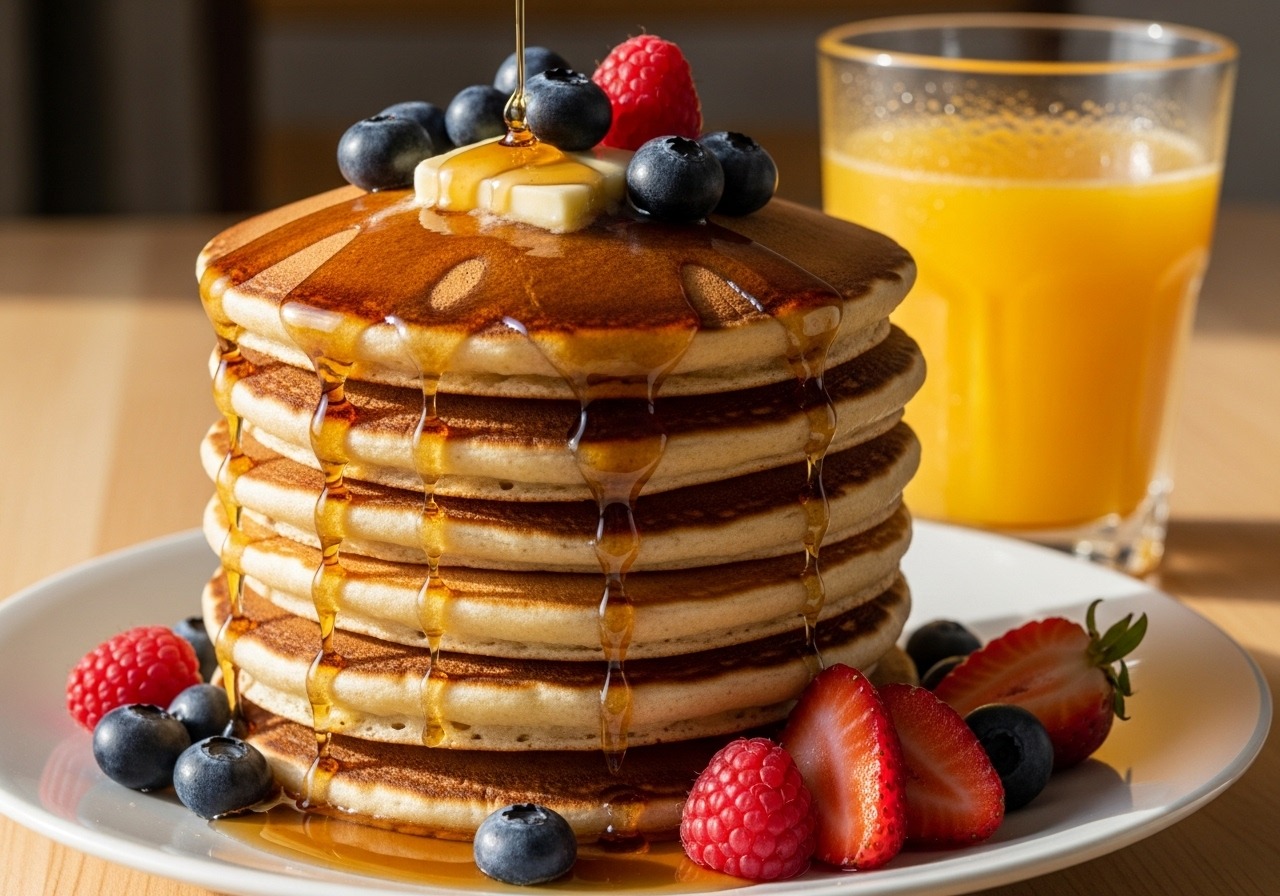
Ingredients
Method
- In a large bowl, whisk flour, baking powder, sugar, and salt.
- In another bowl, beat egg with milk, melted butter (or oil), and vanilla.
- Pour wet ingredients into the dry mixture. Stir gently until just combined — batter should be slightly lumpy.
- Let the batter rest for 5–10 minutes.
- Heat a lightly greased non-stick skillet or griddle over medium heat.
- Pour ¼ cup batter for each pancake. Cook 2–3 minutes until bubbles form, flip, then cook another 1–2 minutes until golden.
- Serve warm with butter, syrup, fruit, or toppings of choice.
